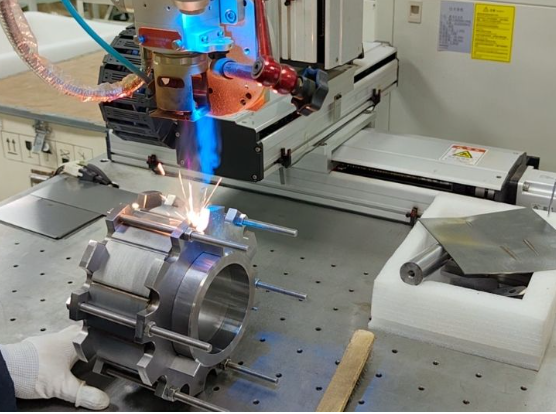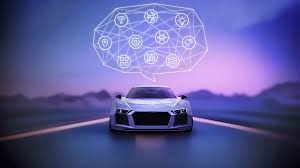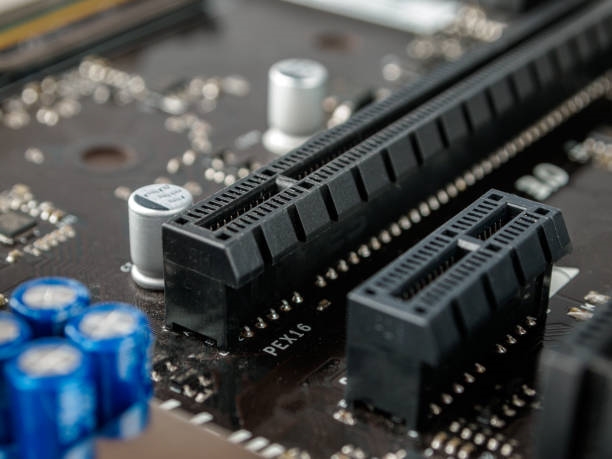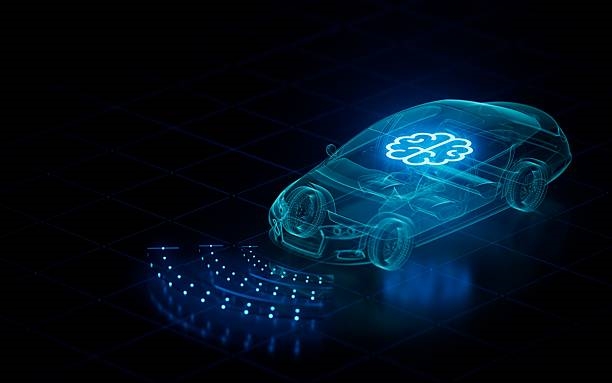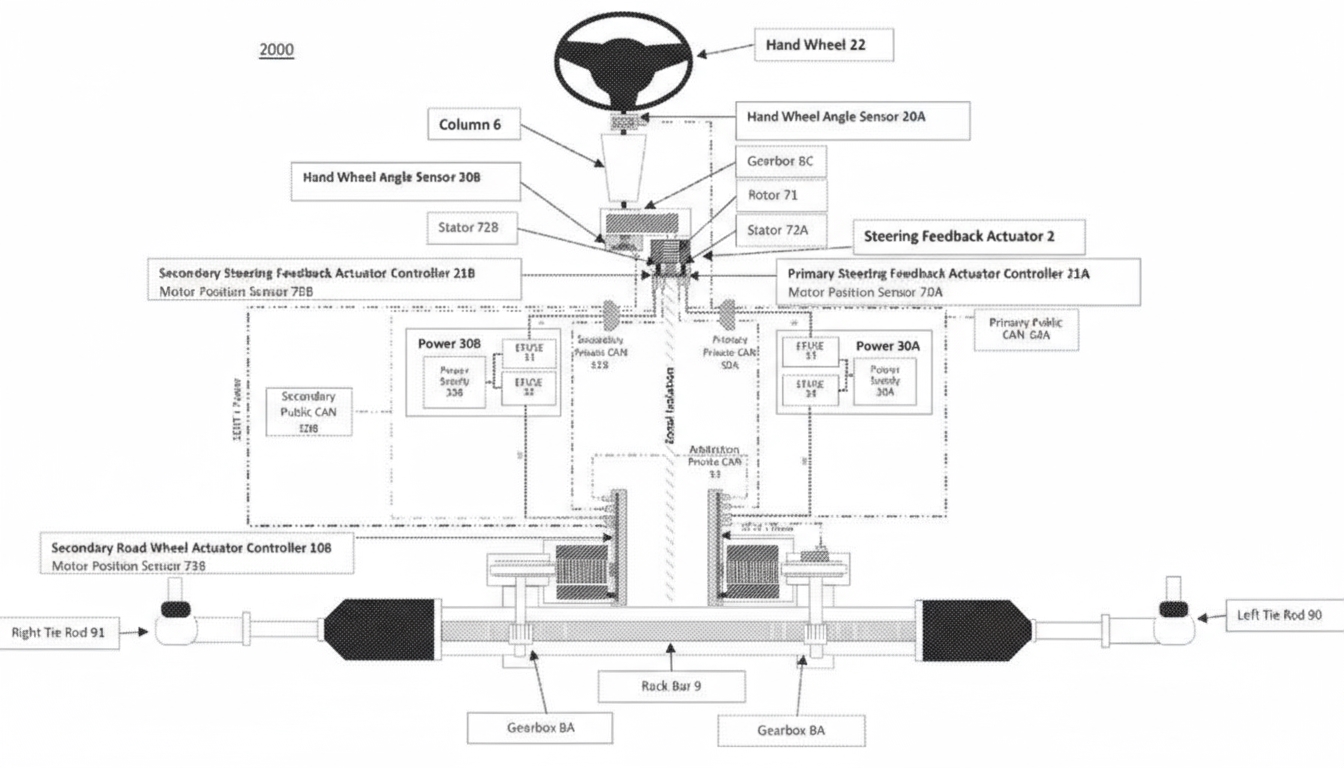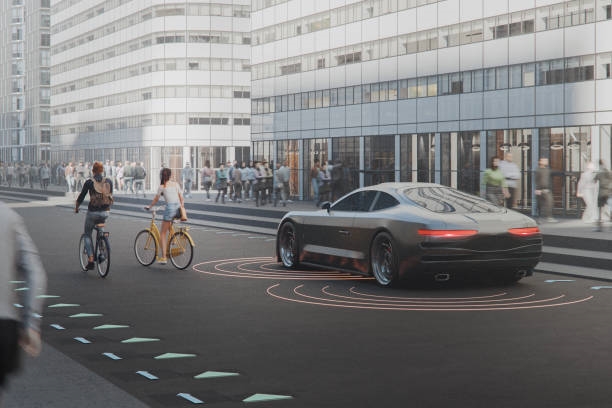Summary
Tesla's Cybertruck will fully abandon 12V power components in favor of a 48V architecture, according to Pete Bannon, Tesla's vice president of hardware engineering. The move aims to reduce wiring current, harness weight, and overall vehicle mass by leveraging higher-voltage distribution and localized power conversion.
Background
For the past 20 years, engineers have predicted that vehicle electrical-system voltage would increase from 12V to 48V. However, cost and inertia have led manufacturers to continue using 12V circuits, with 48V used only for some high-current applications.
Tesla's Rationale
Pete Bannon said the 12V power system is about to be phased out. At Tesla's annual investor day, he stated, "We are now seeking to make a change, namely to say goodbye to the 12-volt power system that has been used for the past 60 years."
Bannon explained that vehicle power demand has steadily increased over decades to the point where modern wiring must carry currents exceeding 200 A throughout the vehicle. That raises vehicle weight and cost. Using a 48V distribution reduces the required current to one quarter for the same power level. Because power loss in a harness is resistance times current squared, reducing current to one quarter reduces distribution power loss to one sixteenth. That enables smaller wires, smaller electronic fuses and controllers, reduced heatsink requirements, and potentially no heatsinks in some cases, helping to reduce vehicle size and weight.
Existing 48V Use and Cost Tradeoffs
So far, 48V technology has been limited. "48V systems have been around for several years, powering mild-hybrid starter-generators and other high-power accessories such as active suspension and electric power steering," said Mike Austin, senior research analyst for electric vehicles at Guidehouse. "As Tesla demonstrated, higher voltage reduces current, allowing thinner wiring, which can save weight and cost."
However, despite lower harness costs and easier installation, 48V power components are more expensive. "It has not become more widespread mainly because of cost," Austin explained. "48V batteries and controllers are more expensive than the 12V starters and batteries currently used."
Lighting and Accessory Compatibility
The fragility of incandescent filaments has been another longstanding obstacle. The large number of interior bulbs in vehicles made eliminating the 12V system impractical. However, LED lighting already includes appropriate circuitry to provide the low voltages used by LEDs. That means LED lighting should be compatible with a 48V distribution system in much the same way as with a 12V system, said Greg Green, automotive marketing director at Vicor. Vicor manufactures power modules.
Power Conversion Strategy for EVs
By eliminating the low-voltage battery entirely, some cost issues in EV design can be addressed. Vehicles can use power converters to step down the traction battery's high voltage to power onboard systems. "In EV design this is easier to accomplish, because you only need to convert the drive battery voltage. If Tesla plans to power all low-voltage electronics with 48V, it could reduce complexity, cut weight, and save material," Austin said.
Vicor has been promoting this approach. "For internal combustion vehicles, transitioning from a 12V alternator to 48V incurs additional costs. For electric vehicles, however, shifting to 48V is a natural trend," Green said.
Benefits and Technical Requirements
According to Green, benefits include reduced harness weight and volume and improved efficiency for some devices. "Compressors and pumps are more efficient on 48V than on 12V," he said.
The key is developing power converters that can supply power on demand while maintaining battery stability. Vicor says it has addressed this. "We have been working with customers to develop very compact DC-DC converters that step the high-voltage battery down to 48V," Green said. For any conventional 12V equipment, Vicor offers additional modules to step 48V down to 12V.
Outlook
Announcing an upcoming technology is one thing; delivering it is another. Whether Cybertrucks can be mass-produced and shipped in volume to retail customers remains to be seen.
Regardless of Tesla's timeline, other automakers have already planned 48V production, Green said. He added that Vicor's first customers would announce a new model later this year, expected to ship in 2023 or early 2024. More customers were expected to follow in 2025 and 2026, with 12V systems likely to be phased out over the following decade.
"48V systems are the direction for Tesla's future low-voltage system design, and other industry players are likely to follow at the appropriate time," Bannon concluded.
 ALLPCB
ALLPCB


